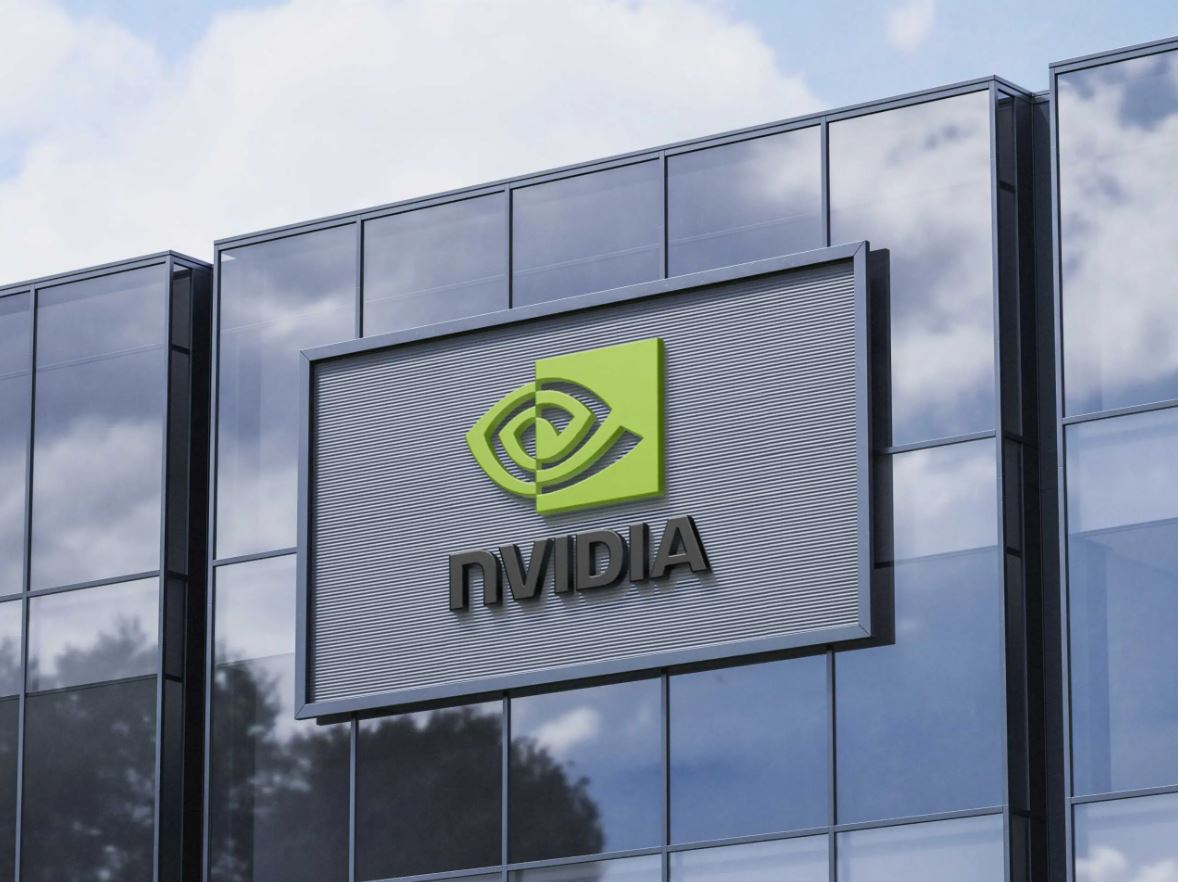 Back in 2009, Nvidia’s research lab was a tight-knit group of about a dozen pioneers, all focused on exploring ray tracing – a key technique in computer graphics. Today, that same lab has expanded to over 400 researchers, each playing a crucial part in Nvidia’s evolution into a $4 trillion company at the forefront of the AI revolution.
Back in 2009, Nvidia’s research lab was a tight-knit group of about a dozen pioneers, all focused on exploring ray tracing – a key technique in computer graphics. Today, that same lab has expanded to over 400 researchers, each playing a crucial part in Nvidia’s evolution into a $4 trillion company at the forefront of the AI revolution.
Under the guidance of Bill Dally, who joined after a productive period at Stanford, the lab’s mission expanded considerably. Bill’s journey with Nvidia began in 2003, and by 2009 he was fully immersed in the work. His hands-on approach and clear vision have been instrumental in driving Nvidia’s growth.
Initially, the focus was on enhancing GPUs for AI. As early as 2010, Nvidia recognised the potential of these AI-specific GPUs, setting the stage for its dominant position in the market. Today, the company is venturing into new areas such as physical AI and robotics – fields they believe are essential for the future.
When Sanja Fidler joined in 2018, she quickly took the lead in developing simulation models for robotics, culminating in the creation of Omniverse, a platform dedicated to simulating physical AI. Nvidia’s work with differentiable rendering has also enabled the creation of precise 3D models from images and videos, a breakthrough that is invaluable for both robotics and AI applications.
Looking ahead, Nvidia aims to boost the speed and responsiveness of its AI models, paving the way for real-time reactions that feel almost instinctive. Recent announcements at the SIGGRAPH conference further highlight the company’s commitment to equipping robotics developers with practical, cutting-edge tools.
Despite the ongoing buzz around humanoids, both Dally and Fidler remain pragmatic. They acknowledge that mainstream adoption is still a few years off – much like the journey towards fully autonomous vehicles. Still, with continuous innovations and the steady accumulation of data, the potential for smarter AI and robotics is very much within reach.








